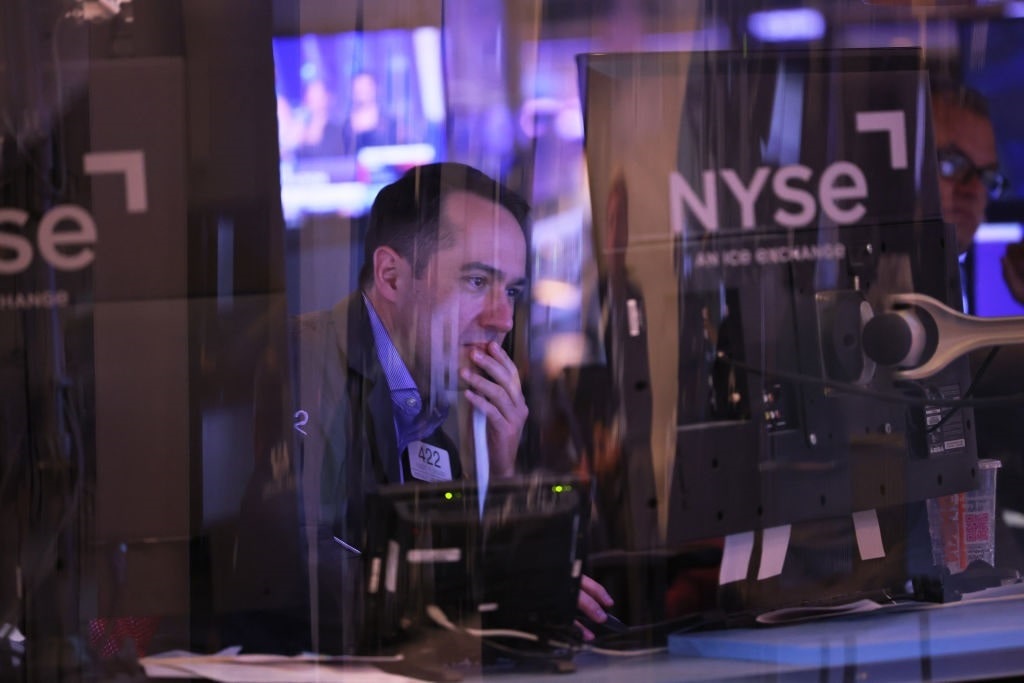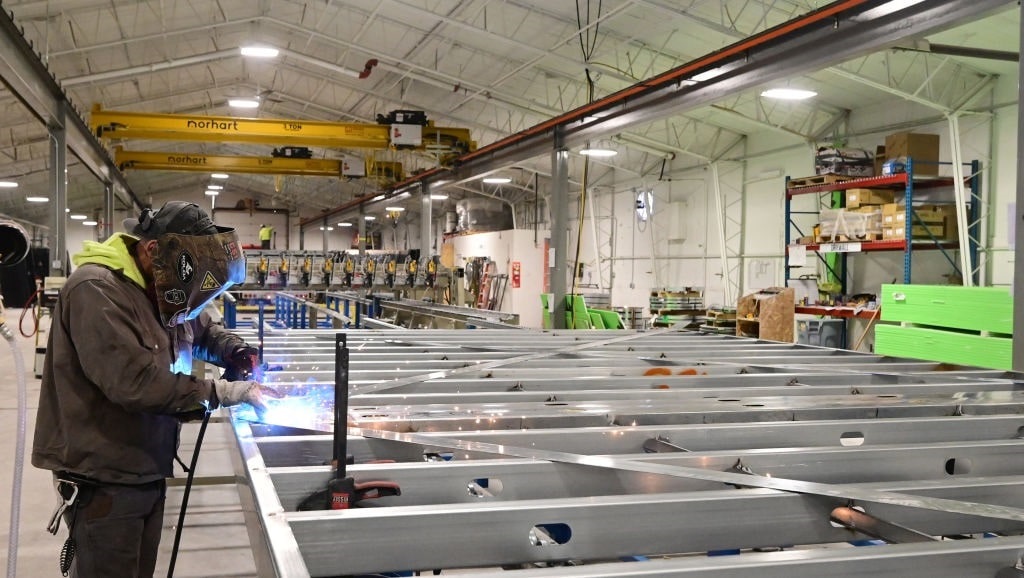Over the last three years, President Joe Biden, Congress, and state governments have dumped hundreds of billions of dollars into the manufacturing industry. Despite the exceptional volume of subsidies, grants, tax credits, and other generous forms of corporate welfare, the efforts have yet to generate results. Sure, there has been the glitz and glamour of the current administration showering domestic and foreign entities with taxpayer dollars. But there is little reason to celebrate based on the newly released data.
Economists Shocked by Manufacturing Data

(Photo by Michael M. Santiago/Getty Images)
Regional central banks maintain manufacturing reports that may provide greater insight than the national numbers. They offer observers local figures that might be more discerning than national numbers. The Federal Reserve Bank of New York released its NY Empire State Manufacturing Index on January 16, and the numbers shocked many of those who focus on these monthly statistics.
Some thought the New York Fed was mistaken because it cratered to its lowest level since the early days of the coronavirus pandemic. What is concerning is that staff economists projected a much higher expansion reading, and the sharp drop occurred in the middle of an economy that has ostensibly achieved a soft landing.
Since January 2022, this index has risen only nine times. A decline in new orders, shipments, employment, inventories, and average workweek fueled the latest collapse. It also signaled a jump in input price pressures and revealed lackluster business optimism. The good news? Companies have some investment plans in the works, likely driven by expectations of more subsidies.
As Liberty Nation has extensively detailed, other regional central bank manufacturing apparatuses have highlighted how the sector is in a recession. The Philadelphia Fed Manufacturing Index expanded just once in 2023. The Dallas Fed Manufacturing Index has been entrenched in contraction territory for 20 consecutive months. The Kansas City Fed Manufacturing Index receded for ten of the 12 months last year.
Dude, Where’s the Monster Growth?
Overall, the US manufacturing sector is in the most prolonged recession since the global financial crisis. But how can this even be a reality when Washington and the states are handing out checks to every company that has its hat out and enjoying red ribbon ceremonies? This is the question that has befuddled doctorate students studying Bidenomics.
Biden repeatedly touts his manufacturing record, telling the world that he has created 800,000 new jobs, with many more to come. This is, of course, incorrect for a couple of reasons. First, 95% of the “new jobs” counted are positions that have been returned from the COVID-19 public health crisis. Second, according to the Bureau of Labor Statistics, manufacturing employment growth was flat in 2023, increasing by only 1,000.
Indeed, given the amount of corporate welfare, the data would be expected to confirm monster growth. Plus, the US government isn’t the only one doling out massive amounts of money to everyone. Many economies, from the UK to the eurozone to Asia, have approved immense levels of so-called government investment schemes. The world is engaged in a global subsidy arms race. Has this led to any significant growth? Not really, according to economists.
Silver Lining
One silver lining out of all this is that manufacturing represents a smaller share of the US economy, accounting for around 11% of gross domestic product. So, even if the industry is in a recession, it might not substantially affect broader economic growth. Despite nearly two years of contraction, America’s GDP growth rate has remained around 2% on a quarterly basis. The problem is that the latest data metrics point to other sectors, like services, slowing down and on the cusp of fading activity levels.




